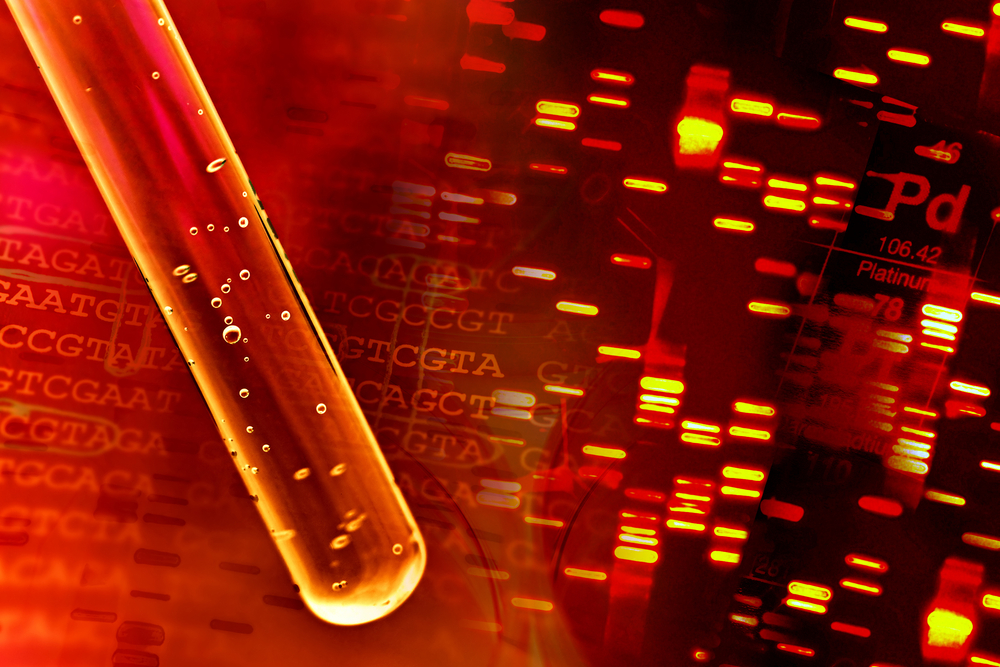Endometriosis is a very frequent condition that occurs when cells from the inner lining of the uterus (endometrium) begin to grow outside the uterus, leading to infertility and pelvic pain. At present, the only method for clearly diagnosing endometriosis is laparoscopy, a surgical procedure done in the pelvis through small (0,5-1,5 cm) incisions with the help of a camera, which also classifies (stages) disease severity.
Because laparoscopy is an invasive procedure, disease diagnosis occurs very late in its natural history, usually after more than 10 years, underlining the need for a better diagnostic approach. CA-125 is currently thought to be the best marker for endometriosis but it is raised in numerous other conditions and has no sufficient discriminating potential.
There is increasing evidence that a family of proteins called neurotrophins are involved in uterine function. These include brain-derived neurotrophic factor (BDNF), nerve growth factor (NGF), neurotrophin 3, (NT-3), and neurotrophin 4/5 (NT4/5). A new study published in the Fertility and Sterility journal entitled “Assessing brain-derived neurotrophic factor as a novel clinical marker of endometriosis” studied the role of these markers in endometriosis diagnosis.
The research team from McMaster University, Canada, led by Prof. Jocelyn M. Wessels compared 96 women with endometriosis undergoing surgery with 42 women without endometriosis. In this sample, BDNF was the only marker that could efficiently diagnose endometriosis patients, when compared to other neurotrophins and even to standard markers such as CA-125. Results from the study showed that BDNF levels higher than 1,000 pg/mL could be used to diagnose as much as 91.7% of all endometriosis patients (i.e., sensitivity). Moreover, patients who were suppressing ovary function (the most extreme medical treatment of endometriosis characterized by a “therapeutic menopause”) , had BDNF levels similar to women without endometriosis.
Researchers concluded that plasma BDNF could be a potentially useful novel marker for the diagnosis of this frequent condition and it may also be used to control response to treatment. Compared to surgery, it is much less invasive and less expensive. Although further studies are needed to ascertain its clinical usefulness, it could allow for an earlier diagnosis and provide better treatment outcomes to both physicians and patients.

